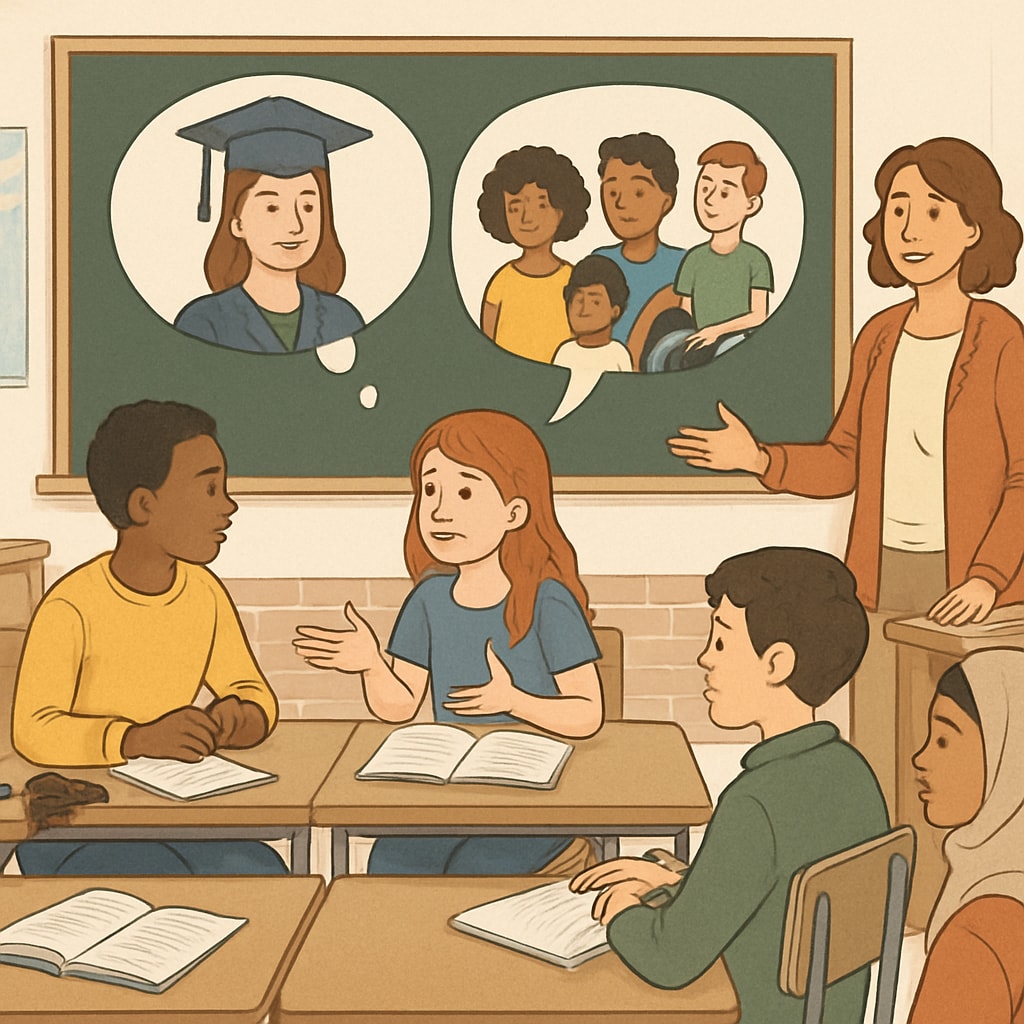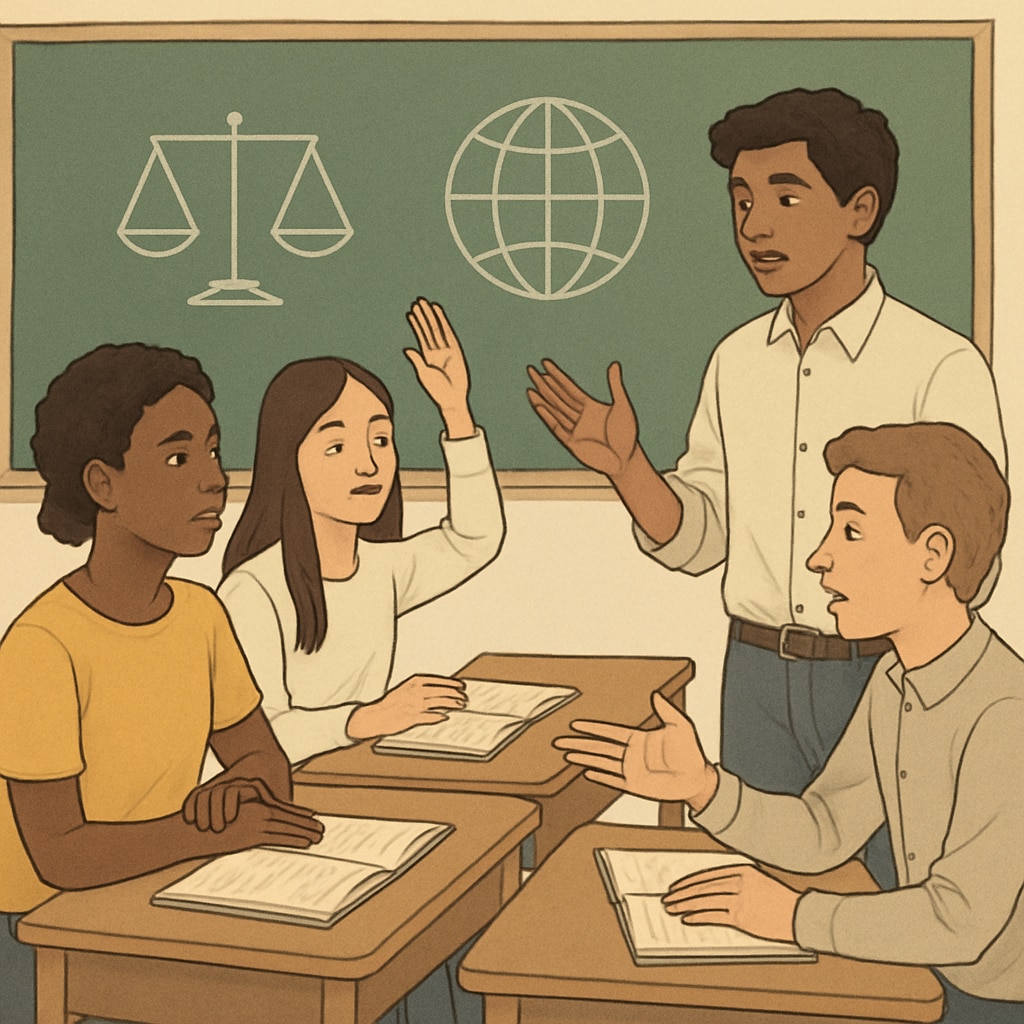In recent years, the term “wokeness” has gained significant traction in educational circles, particularly within K12 schools. Wokeness, often associated with heightened social awareness and political correctness, has become a topic of discussion among educators, parents, and students alike. This article delves into the impact of wokeness on student cognition, exploring their perceptions of political correctness and ideological education. It aims to uncover the delicate balance between shaping values and fostering critical thinking in the school environment.

The Rise of Wokeness in Educational Settings
Wokeness in schools often manifests through curriculum adjustments, teacher-led discussions on social justice, and initiatives aimed at inclusivity. While these efforts are intended to create a more equitable and empathetic environment, they sometimes spark debates about their effectiveness and potential drawbacks. For example, some students feel empowered by the discussions, while others perceive them as overly prescriptive or biased.
According to a Wikipedia article on wokeness, the term originally referred to awareness of racial and social injustices but has since evolved to encompass broader societal issues. This shift has led to its integration into educational practices, impacting how students process information and form their own viewpoints.
Student Perspectives on Political Correctness
One of the most debated aspects of wokeness in schools is political correctness (PC). Students often have mixed feelings about PC culture, with some viewing it as a necessary tool for respectful communication and others considering it restrictive. In classroom settings, PC culture can influence the way topics are discussed, sometimes curbing open debate or limiting the exploration of controversial ideas.
For example, a study conducted by educators revealed that students exposed to politically correct practices were more likely to develop empathy but less likely to engage in critical discussions. While inclusivity is essential, there is concern that an overemphasis on PC culture may hinder the development of independent thought.

Balancing Ideological Education and Critical Thinking
Ideological education aims to instill values such as equality, fairness, and respect, which are undeniably important. However, it must be balanced with the cultivation of critical thinking skills. Students should be encouraged not only to understand societal norms but also to question them when appropriate. This balance is key to developing informed and independent individuals.
As noted by Britannica’s entry on critical thinking, this skill involves analyzing arguments and evidence critically rather than accepting them at face value. Schools have a responsibility to ensure that ideological education does not overshadow the ability to think critically, allowing students to form their own informed opinions.
Key Considerations for Educators:
- Encourage open discussions where students can express diverse viewpoints without fear of judgment.
- Integrate critical thinking exercises into lessons on social justice and inclusivity.
- Maintain a balance between teaching values and promoting independent inquiry.
Reflections from Students and Educators
Feedback from students and educators highlights the complexity of integrating wokeness into school environments. While many students appreciate the emphasis on inclusivity and awareness, others call for a more balanced approach that prioritizes critical thinking and open dialogue. Educators, too, face challenges in navigating these dynamics, as they strive to meet diverse expectations and foster meaningful learning experiences.
Ultimately, the goal should be to create an educational environment where students feel both empowered and challenged—able to embrace societal values while questioning and refining their own beliefs.
Readability guidance: Use accessible language for students and parents, ensuring that concepts like wokeness and political correctness are clearly defined. Incorporate short paragraphs and bulleted lists for clarity.


